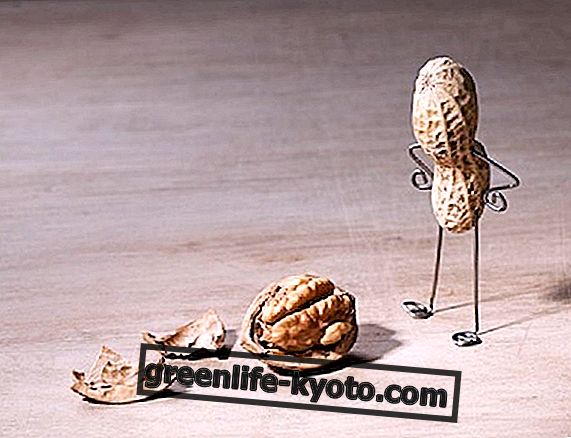Maize ( Zea mays ) is a plant that belongs to the Gramineae family . Gluten-free and rich in iron and minerals, it is useful in case of anemia, suitable for those suffering from celiac disease and an excellent food for pregnant women and the weaning of children. Let's find out better.

Description of corn
The name Zea mays comes from Zao, which means "I draw life". According to its etymology, corn is therefore a useful food for life. This cereal originating in America has arrived in Europe, like many foods in the New World, thanks to Christopher Columbus.
In reality, however, its use has spread widely in the field of human nutrition and natural medicine in the Old Continent only in the nineteenth century.
Today corn is a food widely known throughout the world; it is used in the form of oil, flour, starch and grains and is therefore suitable for different preparations and different uses in the kitchen.
Properties and benefits of corn
Corn is a gluten-free cereal, so it can enter the diet of those suffering from celiac disease.
It is a source of folic acid and vitamin B1; it is therefore indicated for feeding during pregnancy and for children, starting from early childhood: corn cream is one of the first foods to be introduced into the diet during weaning .
Furthermore, maize has a good share of iron and other minerals; it is therefore useful in case of anemia. It is particularly digestible and is rich in dietary fiber, which is why it is a valuable ally for the stomach and intestines .
Finally, the fibers contained in the corn slow down the absorption of sugars, thus helping to keep blood glucose levels low. Thanks to its properties it also helps to keep LDL cholesterol levels low; the so-called "bad" one.
Corn is therefore an excellent food; it is, however, also used in herbal medicine, to obtain products useful to counter diabetes, hypotension, hypokalemia, overweight, water retention and colon spasms.
Calories and nutritional values of corn
100 g of corn contain 353 kcal / 1475 kj.
Furthermore, for every 100 g of this product, we have:
- Water 12.5 g
- Carbohydrates 75.1 g
- Sugars 2, 5 g
- Protein 9.2 g
- Fats 3.8 g
- Cholesterol 0 g
- Total fiber 2 g
- Sodium 35 mg
- Potassium 287 mg
- Iron 2.40 mg
- Calcium 15 mg
- Phosphorus 256 mg
- Magnesium 120 mg
- Zinc 2.21 mg
- Copper 0.31 mg
- Selenium 15.50 µg
- Vitamin B1 0.36 mg
- Vitamin B2 0.20 mg
- Vitamin B3 1.50 mg
- Vitamin A 62 µg
- Vitamin C 0 mg
Corn, ally of
Intestine, eyes, stomach, colon, bones, heart.
Corn is not the only gluten-free cereal. Discover the other gluten-free cereals

Curiosity about corn
The Indians of Peru use corn as a drug . It seems, in fact, that he has the ability to provoke psychic excitement; this property is attributed to the presence of alkaloids, substances to which capacities similar to those of drugs are recognized.
A recipe up your sleeve
Corn is widely available on the market in various forms and it is therefore possible to obtain different dishes, from appetizers, to the first, to the side dish, to the second, to dessert.
Have you ever tried to have breakfast with a simple corn donut ? Here is the recipe .
Ingredients :
- 300 grams of corn flour (foil, not the one for making polenta),
- half a glass of corn oil,
- a jar of natural or lemon yoghurt
- 3 eggs,
- 100 grams of whole cane sugar,
- a sachet of baking powder (or, alternatively, cream of tartar),
- the grated rind of an untreated lemon.
Preparation : put all the ingredients in a large bowl and, using an electric mixer, obtain a homogeneous mixture, neither too soft nor too hard. Pour into a donut-shaped mold, bake at 180 degrees for 30/35 minutes.












